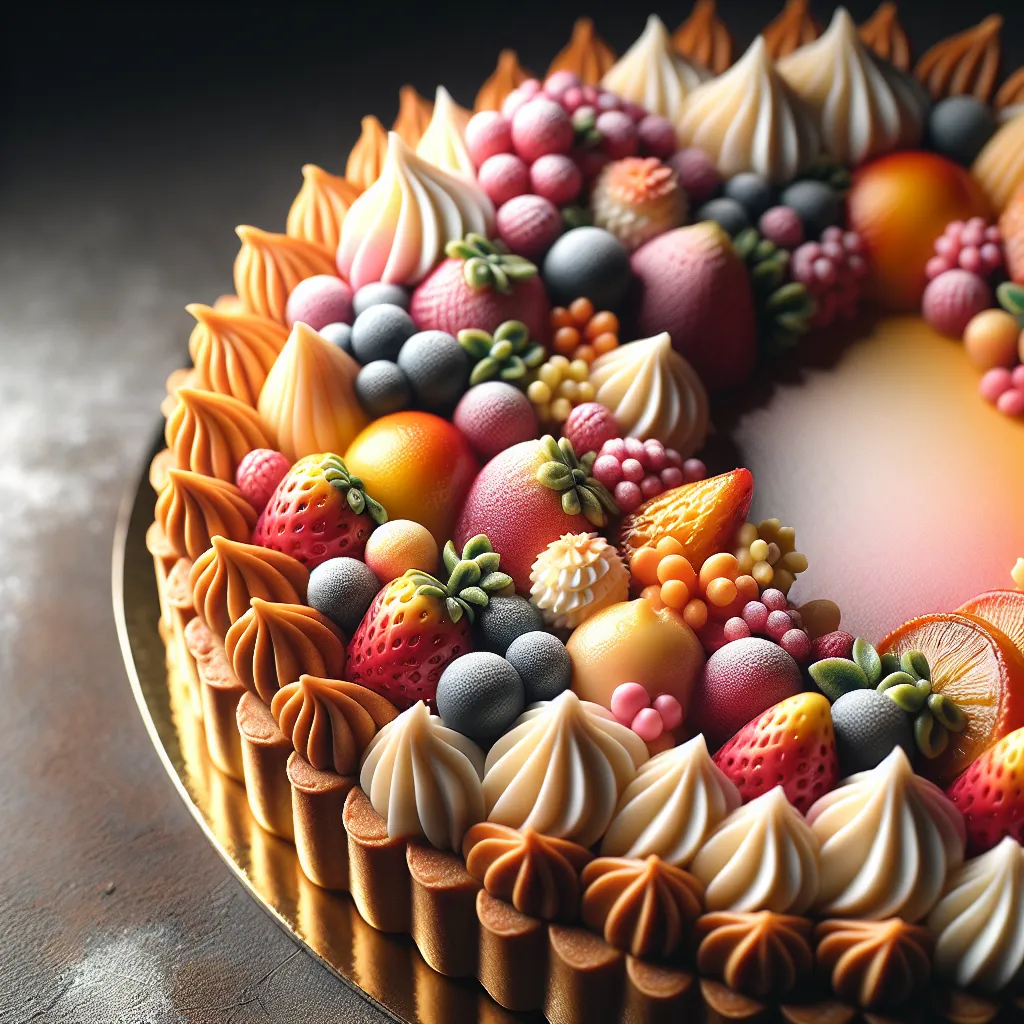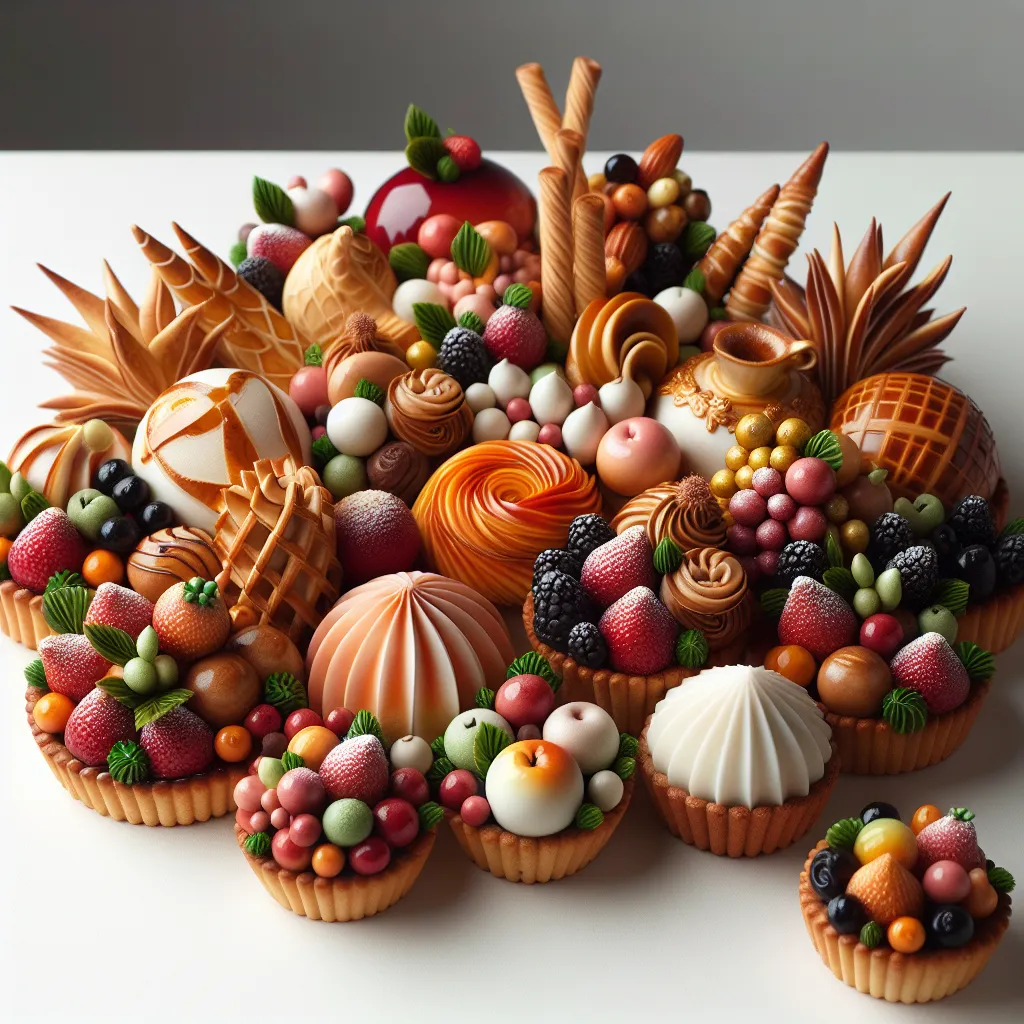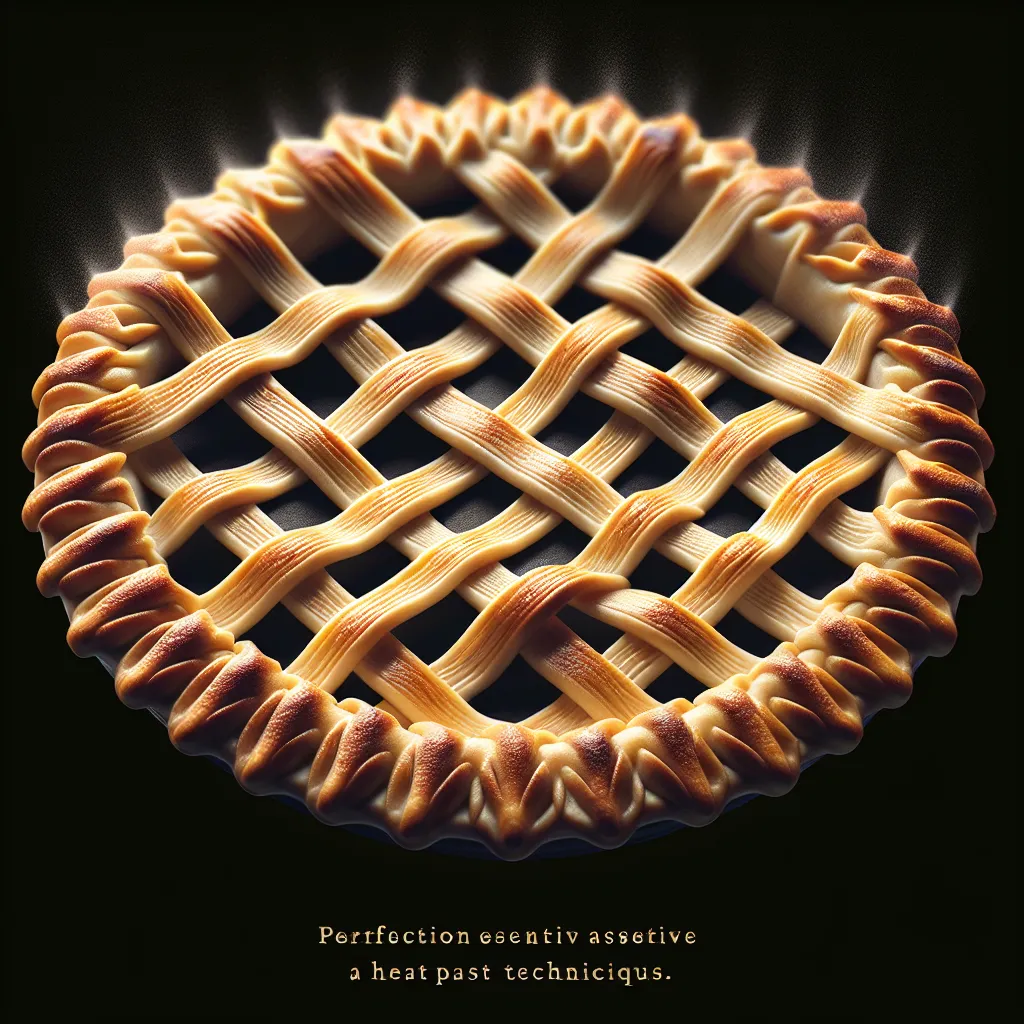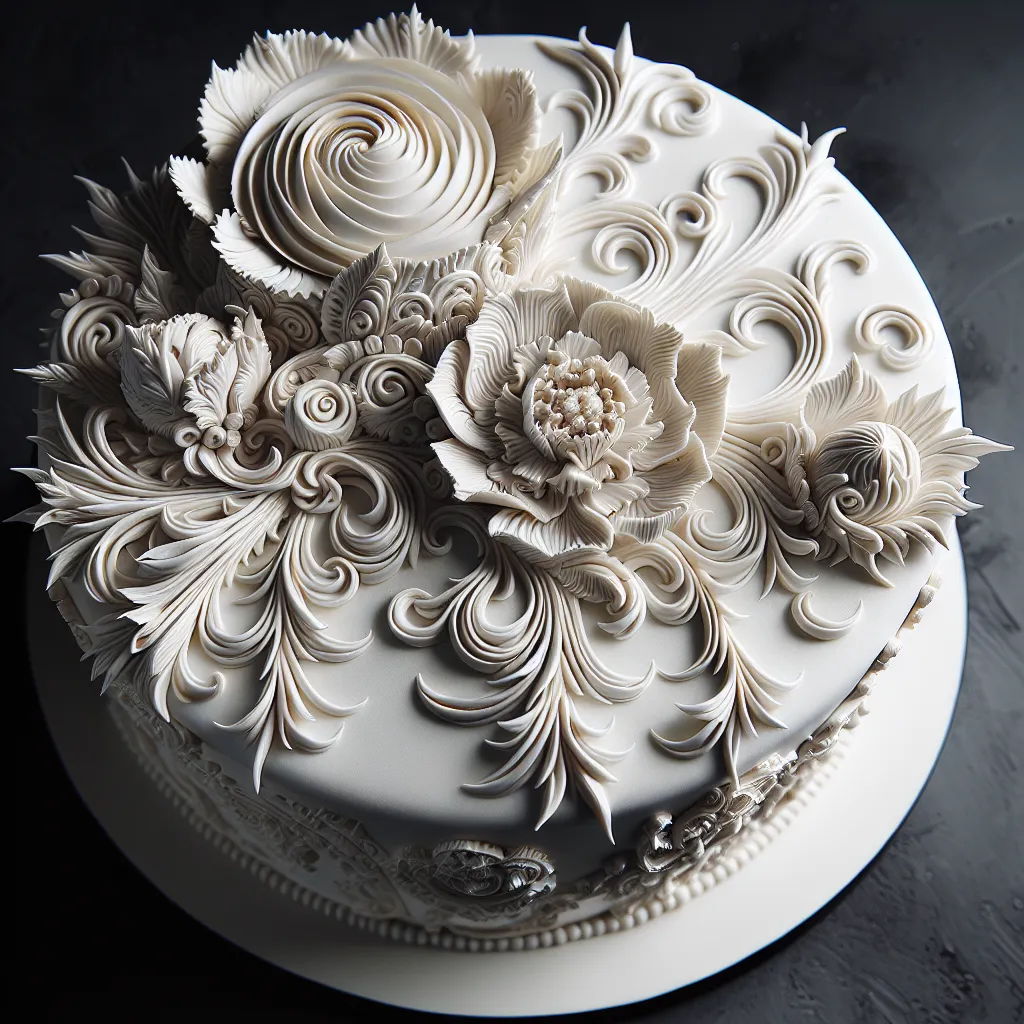Essential Tools for Mastering Pastry Techniques
Mastering pastry techniques requires not only skill and practice but also the right tools. The essential tools for mastering pastry techniques include a good set of measuring cups and spoons for accurately measuring ingredients. A rolling pin is indispensable for rolling out dough to the perfect thickness, while a pastry blender helps achieve the ideal crumbly texture when making pie crusts or biscuits.
Another essential tool is a reliable pastry brush for applying egg washes, glazes, or butter to pastries. A set of high-quality mixing bowls in various sizes is essential for combining ingredients and allowing dough to rest. Additionally, a sturdy, sharp set of knives is crucial for cutting butter into the flour and for precise trimming and shaping of pastries.
Furthermore, a good quality pastry mat provides a non-stick surface for rolling out dough and ensures easy cleanup. Lastly, investing in a good quality stand mixer or hand mixer can save time and effort when it comes to mixing dough and batters, making the mastering of pastry techniques more efficient and enjoyable.
By equipping your kitchen with these essential tools, you’ll be well on your way to mastering pastry techniques and creating delectable pastries with confidence and precision.
Perfecting the Art of Pâte Brisée and Pâte Sablée
Mastering pastry techniques is an essential skill for any aspiring baker or pastry chef. One of the fundamental aspects of mastering pastry is perfecting the art of Pâte Brisée and Pâte Sablée. These two types of pastry dough are foundational elements in numerous classic French pastries and desserts, making them essential for anyone looking to excel in the art of pastry making.
Pâte Brisée, also known as shortcrust pastry, is a simple and versatile dough that forms the base for many savory pies, quiches, and tarts. It is made by blending flour, butter, a small amount of sugar, salt, and ice water. The key to a perfect Pâte Brisée lies in achieving the right balance of ingredients and texture. The dough should be crumbly yet hold together when pressed, resulting in a delicate, flaky crust when baked.
On the other hand, Pâte Sablée, or sweet shortcrust pastry, is a slightly sweeter and more crumbly dough that is perfect for sweet tarts, fruit pies, and delicate pastries. It is made using similar ingredients as Pâte Brisée, but with the addition of sugar and sometimes ground nuts or egg yolks. The resulting texture is tender and sandy, providing a perfect contrast to luscious fruit fillings or creamy custards.
Mastering the art of Pâte Brisée and Pâte Sablée involves understanding the different techniques for mixing the dough, achieving the right consistency, and knowing how to handle the dough properly to ensure the best results. Whether it’s blind baking for a pre-filled tart or creating a decorative lattice crust, the skills involved in working with these pastry doughs are crucial for creating stunning, professional-quality pastries.
Ultimately, mastering these pastry techniques requires practice, patience, and attention to detail. By honing the art of Pâte Brisée and Pâte Sablée, aspiring pastry chefs can elevate their creations and delight their customers with exquisite, perfectly executed pastries.
Mastering the Science of Buttercream and Meringue
Mastering the science of buttercream and meringue is essential for any aspiring pastry chef. Buttercream, a smooth and creamy frosting made from butter, sugar, and flavorings, requires a deep understanding of the properties of butter and sugar to achieve the perfect texture and flavor. The key to successful buttercream lies in mastering the emulsion of butter and sugar, controlling the temperature to achieve the ideal consistency, and incorporating flavorings without compromising the stability of the frosting.
Similarly, meringue, a light and airy mixture of whipped egg whites and sugar, relies on the principles of protein denaturation and foam stabilization. Achieving stiff, glossy peaks in meringue requires attention to detail, from the temperature of the egg whites to the gradual addition of sugar. Understanding the science behind meringue is crucial for creating delicate and stable meringue-based desserts, such as pavlovas and macarons.
To master these pastry techniques, aspiring chefs must familiarize themselves with the chemical reactions and physical transformations that occur during the preparation of buttercream and meringue. By gaining a comprehensive understanding of the science behind these essential components of pastry making, chefs can elevate their skills and create exquisite desserts that showcase their mastery of buttercream and meringue.




